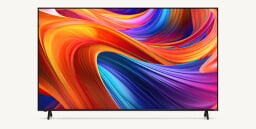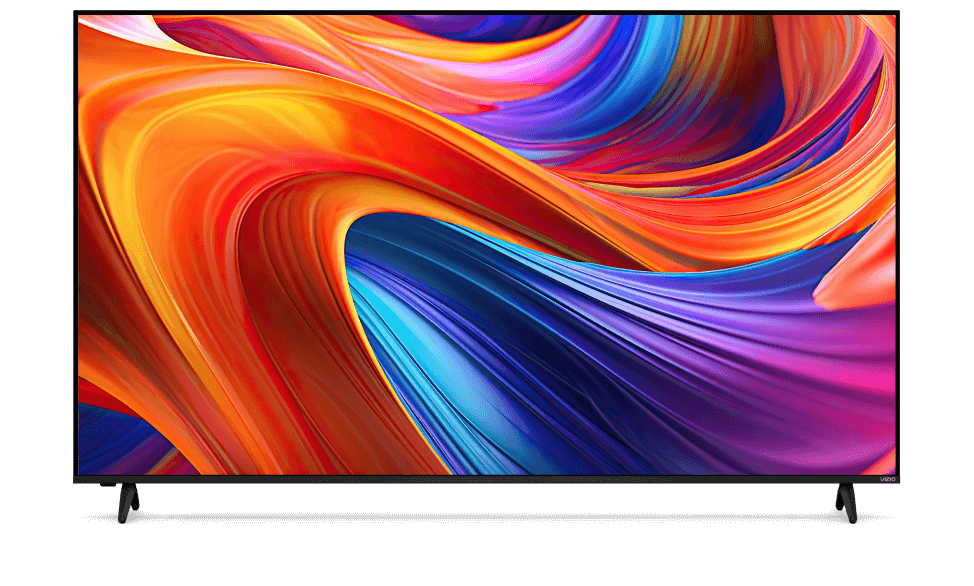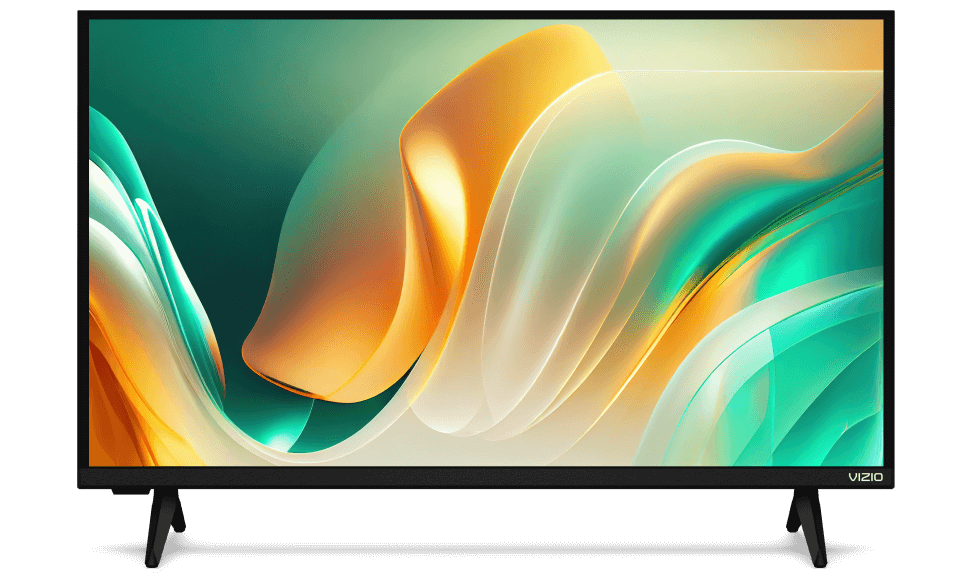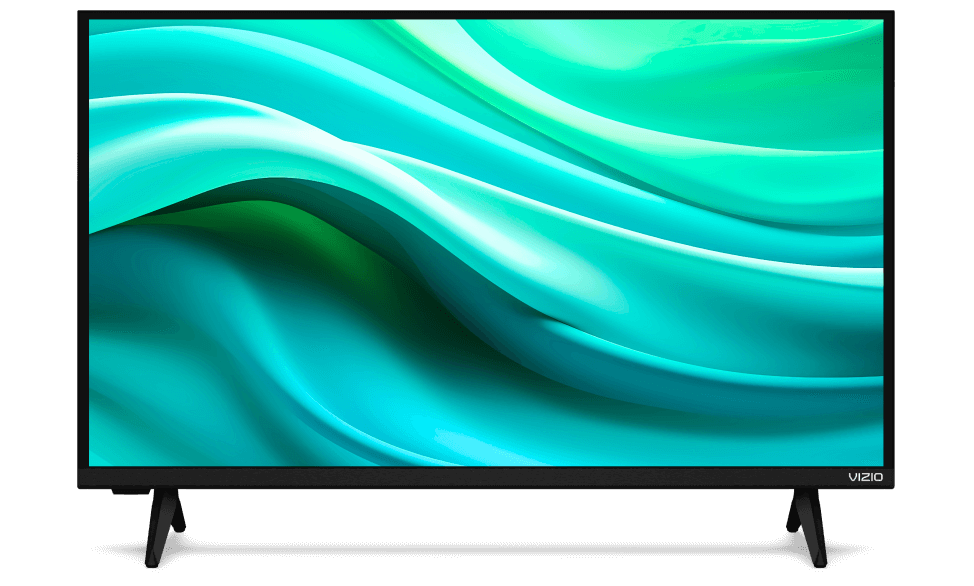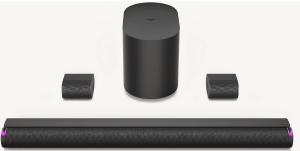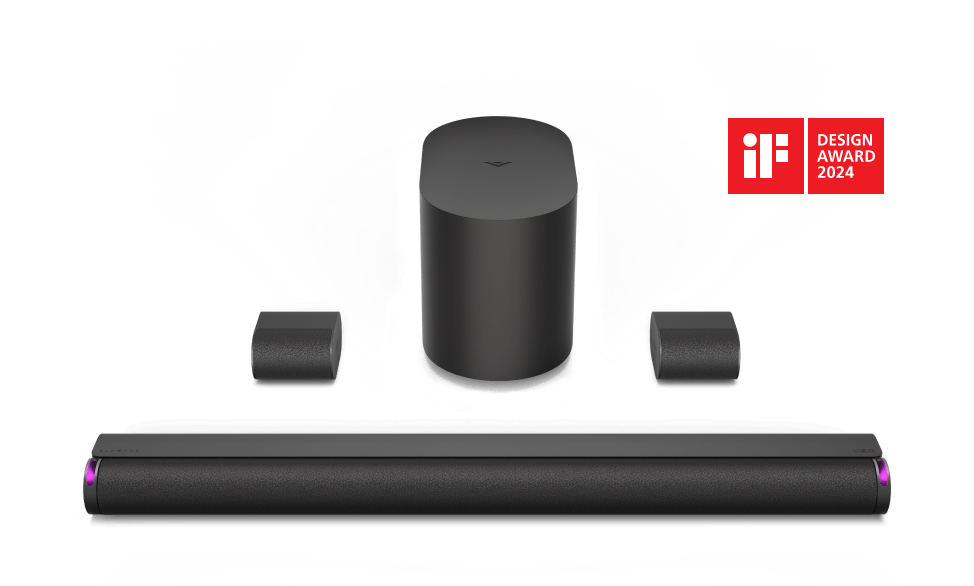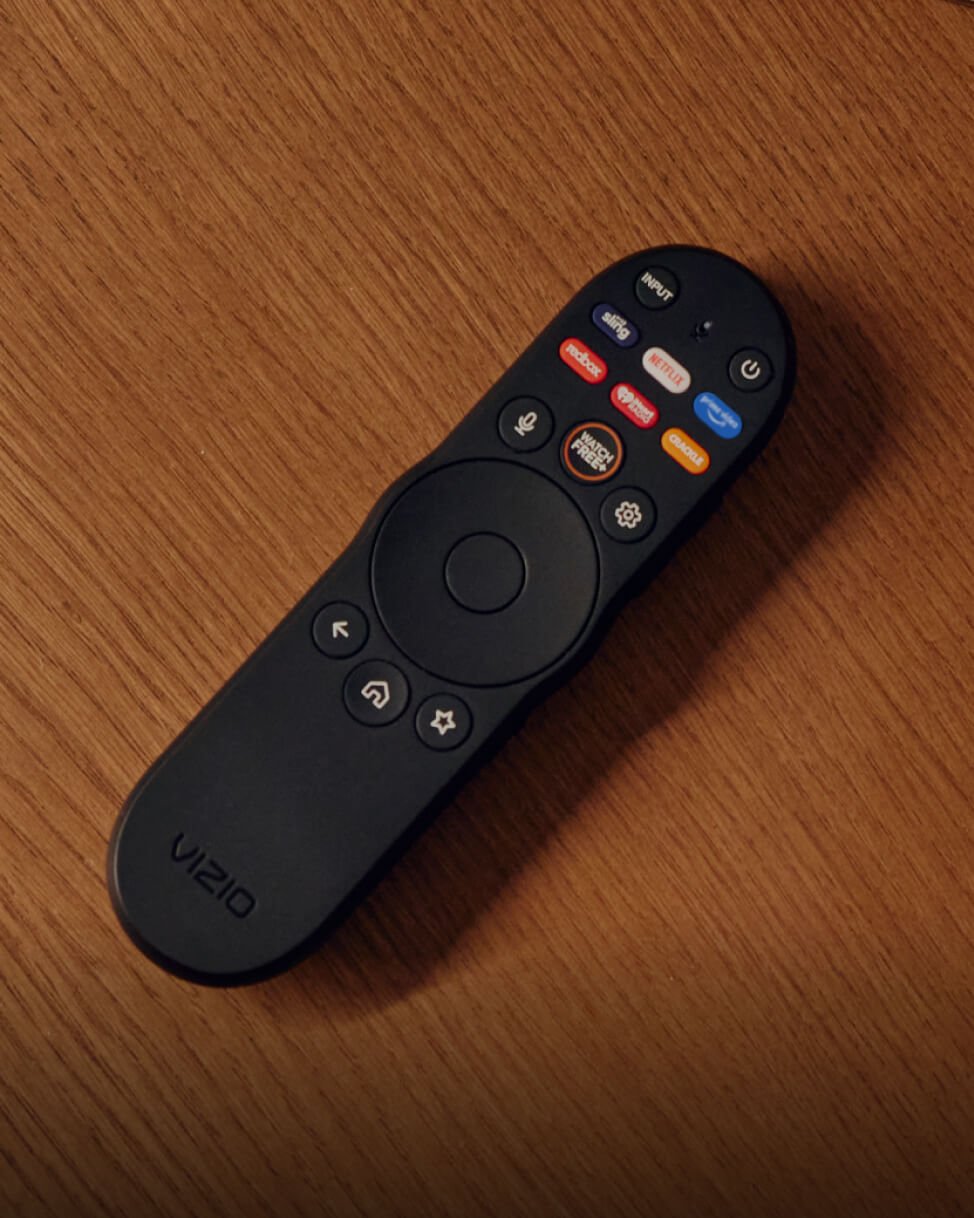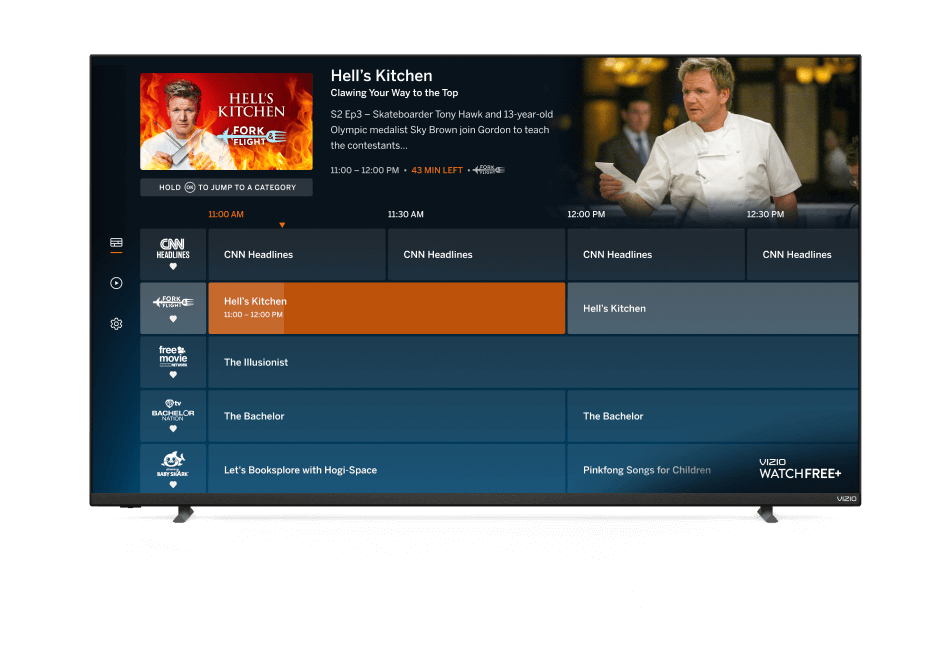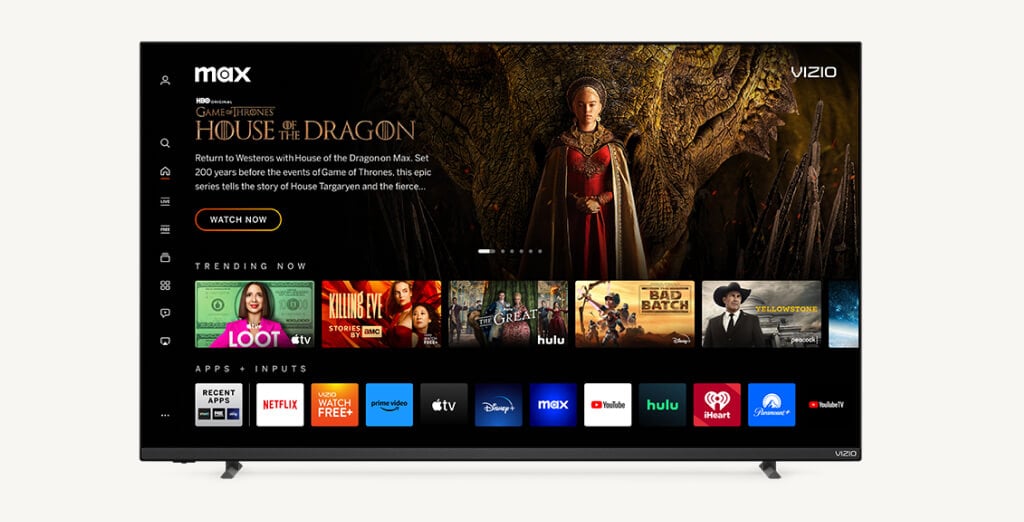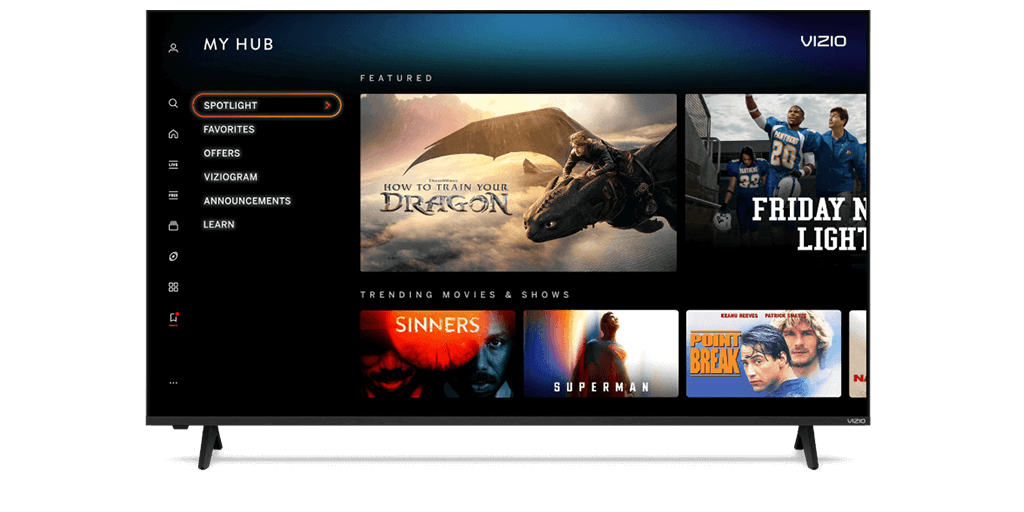VIZIO S4251w 5.1 Sound Bar Review
This week we’ve had a peek at the soon-to-market VIZIO S4251w 5.1 Sound Bar, a speaker unit that comes packaged with a wireless subwoofer, two satellite speakers, and the ability to connect wirelessly (or wired) to your HDTV. While several different wired connections are available, the main sound bar connects with the subwoofer using Bluetooth – and you’re able to connect to your television using this system as well.
Hardware
What VIZIO delivers with this system is a fully ready-for-action system, the box containing both the cables for the speakers and the gear necessary for your to mount the speakers if you do so desire. Of course you’ve also got the option to set the bar at the base of your television if you’ve got it on a television tablet station, and your subwoofer certainly needs to sit on a flat surface.
But your satellite speakers just beg to be hooked up to the corners of your room, angled directly at your head, and so forth. In the box you’ve got two satellite wall mount brackets with the attachment screws you’ll need to mount the satellite speakers to them. These satellite speakers aren’t wireless, you should note, each of them need to be connected to the sound bar in order to blast sound. The wireless connection exists between the subwoofer and the sound bar – up to 60 feet of space can exist between them – though the signal is best under 30 feet, and in the clear, too.
Once you have the wireless connection in place, each satellite speaker is connected to the subwoofer with a single RCA cable. The sound bar is also able to be connected to your television with as little as a single cable, if you like. The back of the bar has a USB port, a digital optical audio in, coaxial in, a single analog audio in port and a set of analog audio in ports.
Each of these inputs are seen by the sound bar as a different option accessible by the set of buttons on the far left of the unit or through the system’s remote control. Because of this, you’re able to connect several devices to the bar at once, choosing between them if you’ve got a need for such a thing.
Button controls on the side of the sound bar include five separate clickers, one each for power, input, and Bluetooth input, with one button for volume up and one for down. You’re able to “wake” the system from its low power “sleep” after it’s not been in use for an extended time by pressing the power button or by tapping a volume up or down button. This set of buttons is easy to get used to, but we’d have preferred some physical differentiator between the set to more easily tap at once.
The remote control works with a digital display that contains one of our other – admittedly very few – complaints in that it doesn’t seem to light up enough to be read in the dark. While it’s nice to be able to see which option is being selected, in-the-dark movie adjustments will be limited to what you’ve memorized for controls. If that’s just volume adjustments and track controls, you’ll be good to go. The controller itself is a conveniently small size and has a soft-plastic bottom, making it a comfortable experience – and again, one easy to get used to for sound control.
To read more of this article, please click here.





